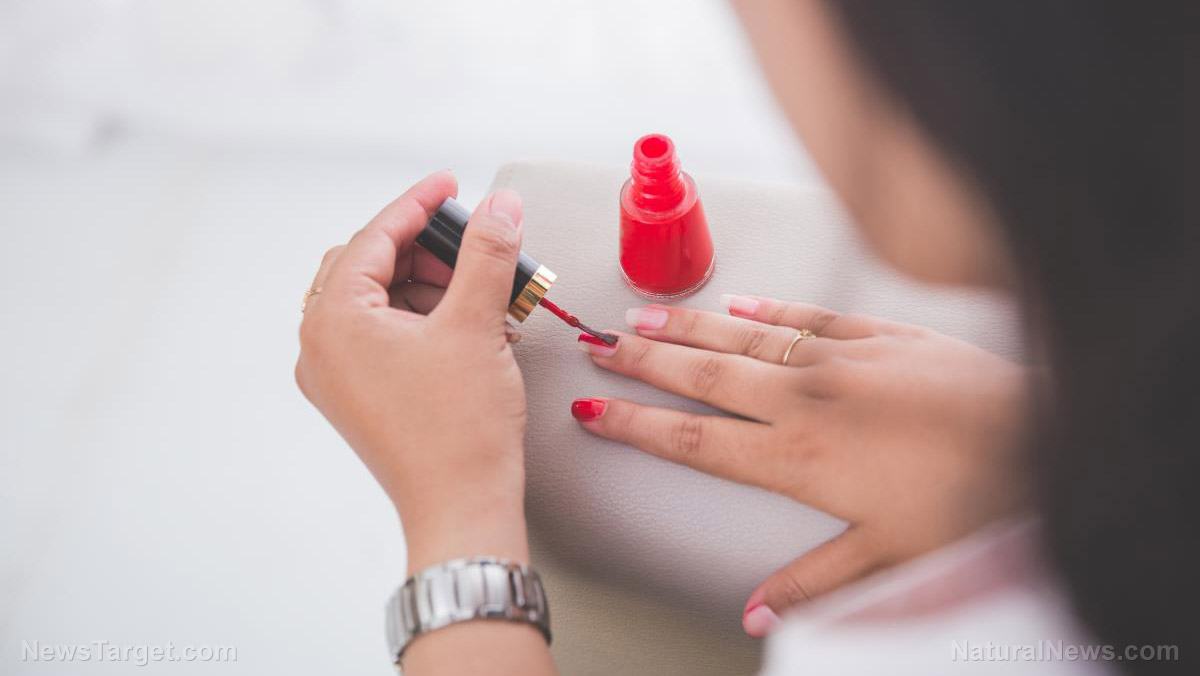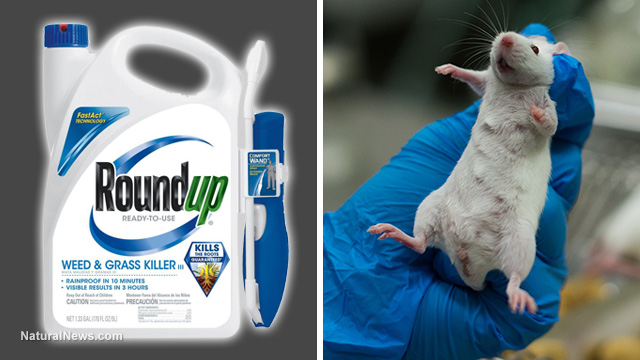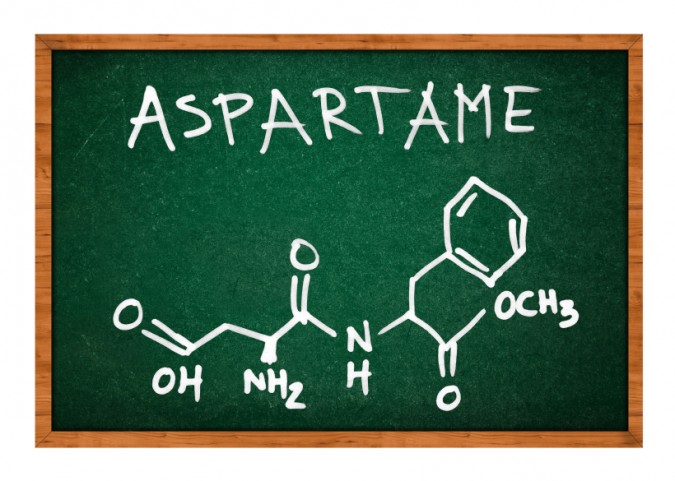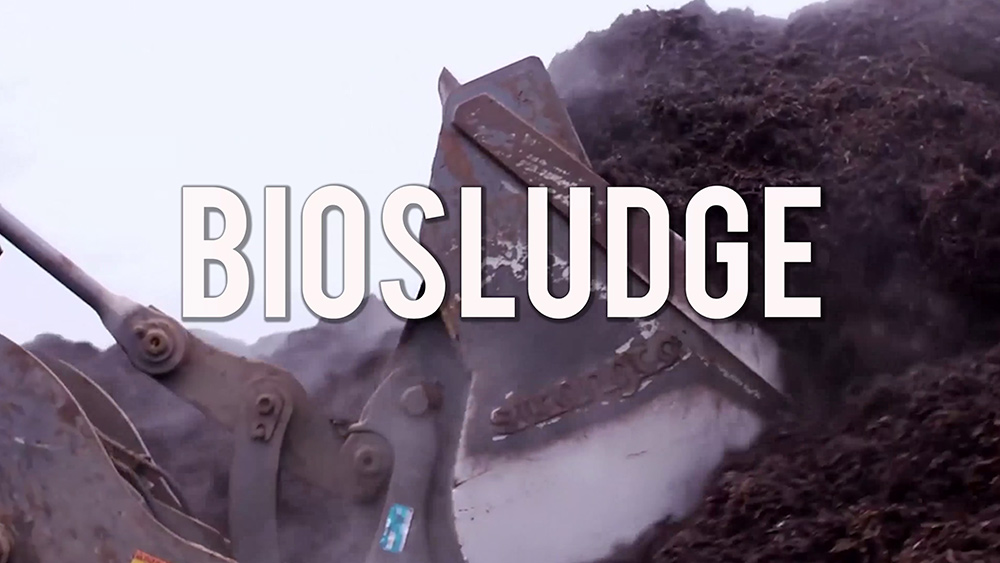Simple steps you can take to limit your exposure to bisphenol A and phthalates
12/02/2018 / By Vicki Batts

There’s a veritable laundry list of toxic chemicals you may be exposed to on a daily basis, there’s no doubt about that. Bisphenol A, or BPA, for example, can be detected in some 90 percent of the United States’ population. In 2009, data from the Environmental Working Group found that BPA was detected in 9-out-of-10 infants’ umbilical cords. BPA is found in an array of plastics, ranging from the liners of canned goods, to water bottles and more.
Pthalates are another toxin to which most people are exposed, and they too can be found in an array of items, from food packaging to cosmetics and fragrances. Pthalates are a wide class of compounds, most of which have not been studied — but research has linked several of them to birth defects, impaired fertility and other adverse effects.
Both BPA and pthalates are “endrocrine-disrupting” chemicals, which means they interfere hormones, affect brain development and metabolism and negatively effect the reproductive system.
Tips for reducing exposure
Avoidance of these two chemicals is difficult, due to their ubiquity in the modern world. But it is not impossible, and there are a number of things you can do to limit the amount of BPA and pthalates you get exposed to.
- Avoid putting plastic containers in the dishwasher. This helps stop toxins from leaching out of the plastic and into what you’re consuming.
- If you use a microwave, avoid nuking plastic containers. Dr. Leonardo Trasande, who directs the Division of Environmental Pediatrics within the Department of Pediatrics at NYU Langone Health in New York City, says there is “no such thing as microwave safe plastic.” The term “microwave safe” basically just means that the plastic won’t melt in your microwave oven — but it’s not a guarantee that toxic chemicals from your containers won’t seep into your food.
- If possible, transition from plastic to other materials like glass or stainless steel. Fatty or acidic foods are known for leaching chemicals out of plastic containers, so having a few alternatives in your food storage arsenal is a good call.
- When possible, substitute fresh, frozen or dried foods for canned goods.
- Eat at home more often. Research has shown that eating out more often coincides with higher amounts of BPA exposure.
- Monitor your pre-packaged food intake. Food packaging is notorious for containing BPA and pthalates, so the less of it you are exposed to, the better.
- Never heat up food while its still in the can. Can liners often contain BPA.
- Plastic containers and flatware that has been scratched or shows other signs of wear should be tossed out. “That means that the protective barrier that in theory limits contamination has been broken,” Trasande says.
More about BPA and phthalates
Experts suggest avoiding plastic water bottles, too. Not only are they wasteful and bad for the environment, aging plastics can leach out more toxins. Reusing plastic bottles is an absolute no-no, says Cheryl Watson, an emeritus professor in the biochemistry and molecular biology department at the University of Texas Medical Branch in Galveston, Texas.
Children may be especially susceptible to the harms of toxins from plastics, because they are still developing. Avoidance of toxins is good for everyone, no matter their age, of course. BPA has been linked to an array of issues, including an increased risk of miscarriage during pregnancy. New research has shown that BPA can be absorbed through skin contact in as little as five seconds. So not only is BPA prone to lingering in the environment as well as in your body, it gets taken up fast. Even handling receipts is a potential pathway to exposure.
You can learn more about the toxins hiding in your everyday life and how to avoid them at Toxins.news.
Sources for this article include:
Tagged Under: BPA, chemicals, disease causes, exposure, food packaging, Hormone disruptors, microwaving, plastics, prevent disease, prevention, pthalates, toxic chemicals, toxins


















